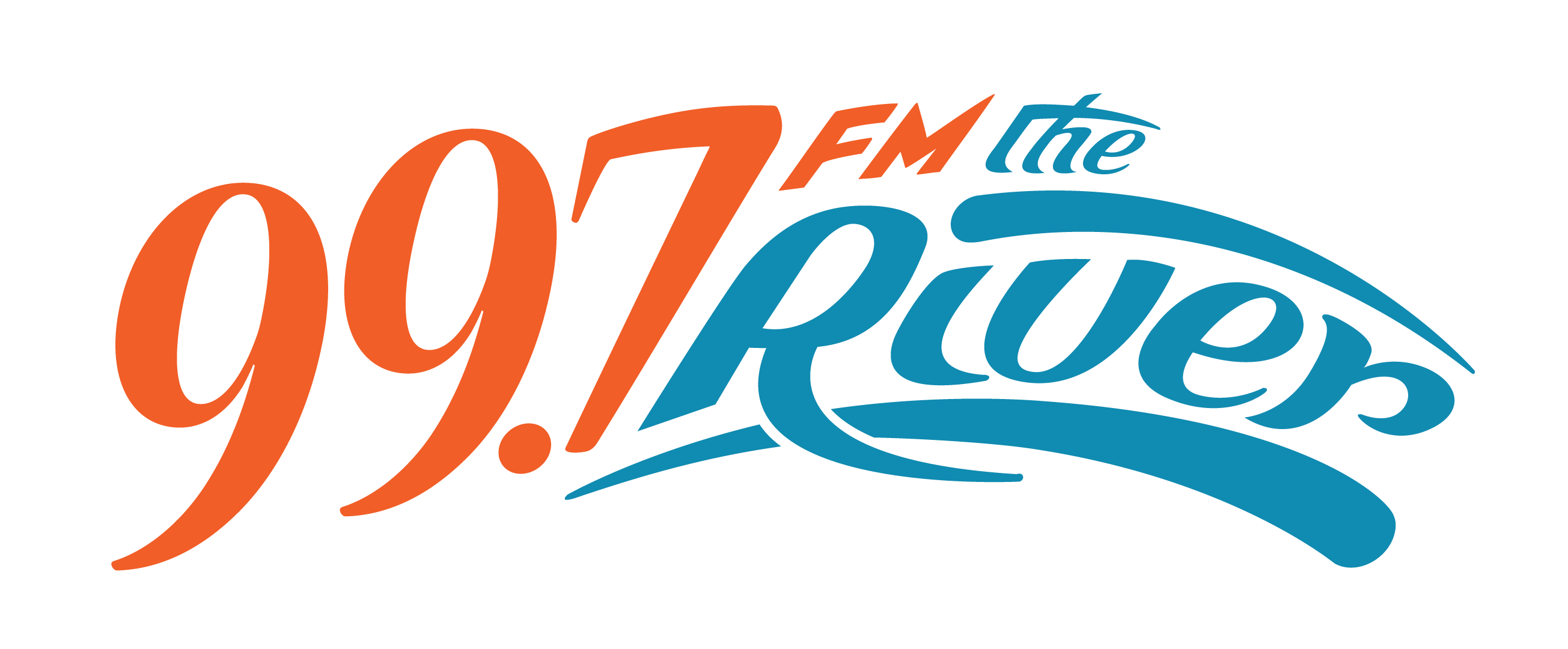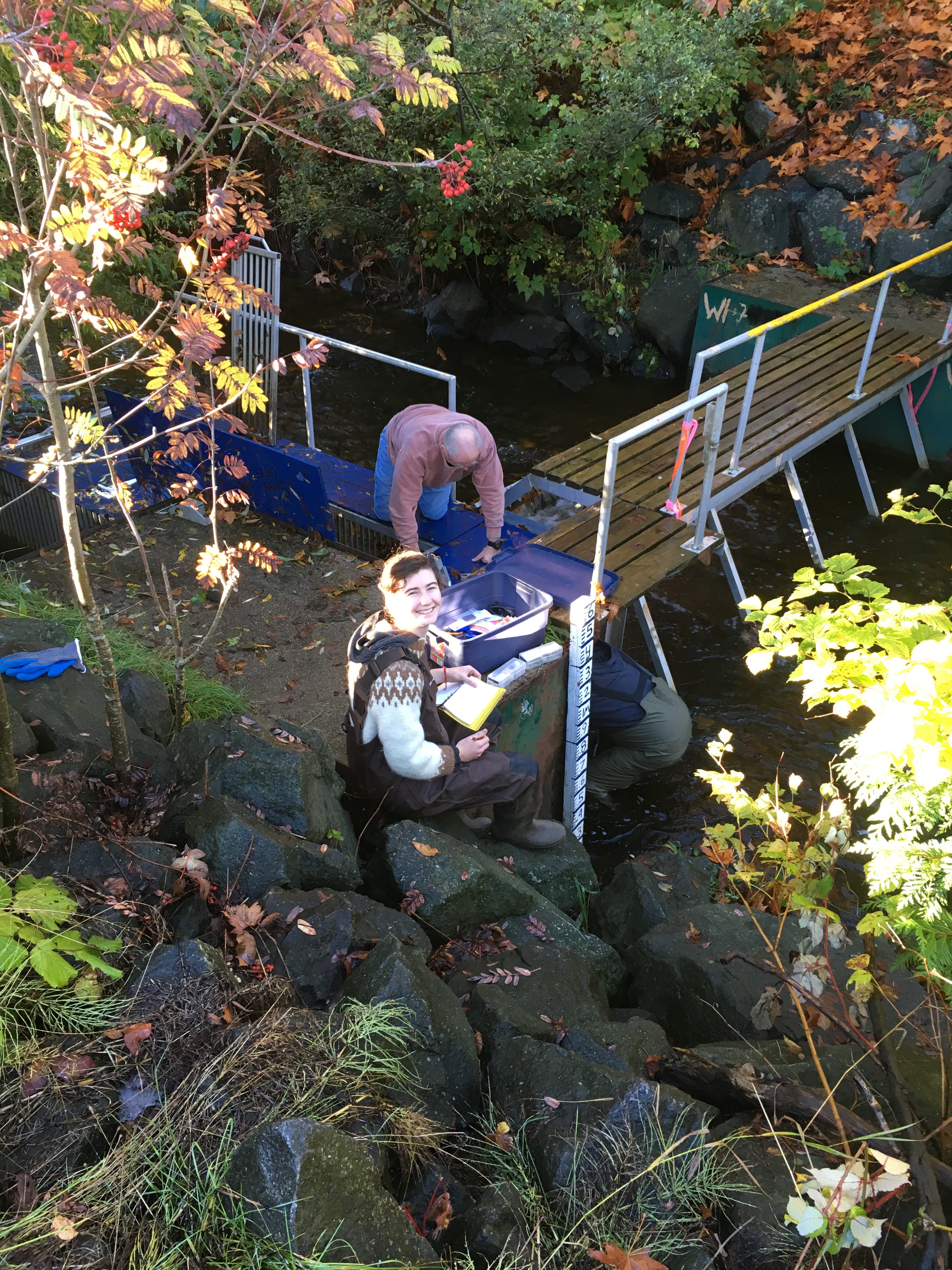CAMPBELL RIVER, BC – Pollutants that washed into Simms Creek killed a number of Coho salmon.
Greenways Land Trust put in a fish fence so volunteers can count, ID, measure, and weigh the smolts that go through the creek at Willow Point.
On May 14th, volunteers were out at the creek counting fish. Coho migration spiked that day due to the heavy rainfall. But as the day went on, Greenways executive director Cynthia Bendickson says volunteers noticed something was wrong.
“Our volunteers noticed a funny smell in the air, but they didn’t think much of it. But the next day, we ended up with 74 dead Coho smolts at the fence,” Bendickson said.
She adds it’s possible more fish died, but they were only able to count the ones caught in the fish fence.
Bendickson says the Department of Fisheries and Oceans collected samples of the fish and sent them for testing, but they won’t get the results for a while yet.
But right now, they don’t know what’s behind the fish deaths.
“There was obviously some pollution event that got washed down with the rain, and that’s really unfortunate.”
She adds the pollutants could’ve come from anywhere along the creek, but that it’s possible it came from the urban area of the watershed.
“Simms Creek runs all the way from the Beaver Lodge Lands, then down Dogwood and through a residential area. There are a number of storm drain outlets that drain a lot out of those neighbourhoods, and that enters into Simms Creek.”
Bendickson says they want to remind residents to be mindful of what chemicals they throw away, and where.
“Everyone knows that some storm drains that have little fish painted beside them, those all lead to salmon creeks. Just making sure that everyone knows that what you put on your lawn and what you put down the storm drains, that all goes directly into the creek then directly into salmon habitat,” she says.
“If everyone can cooperate and make sure that they dispose of their chemicals properly and apply their fertilizers and pesticides properly, and put them away from the water and the creek – that’s the most important point.”




